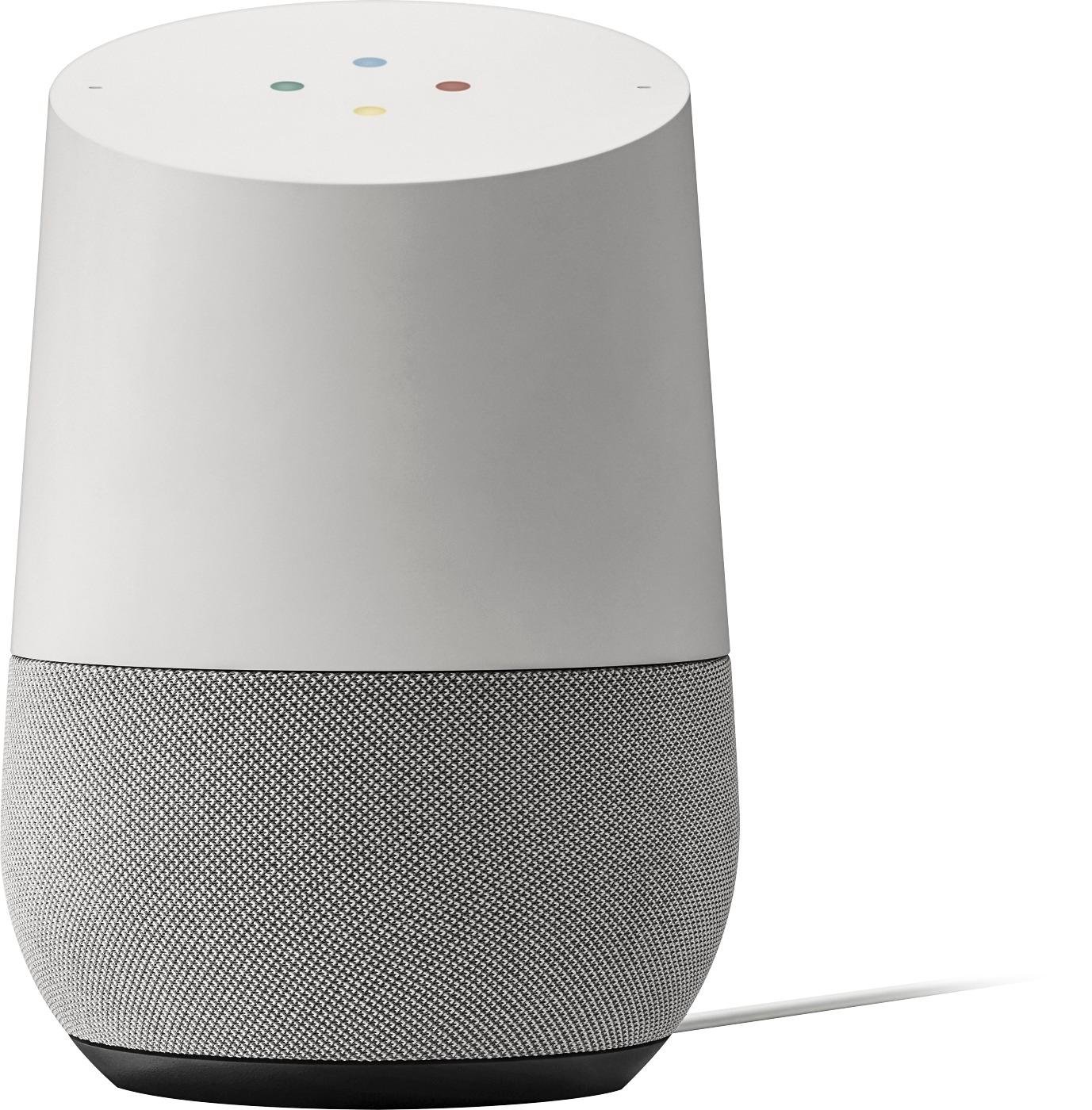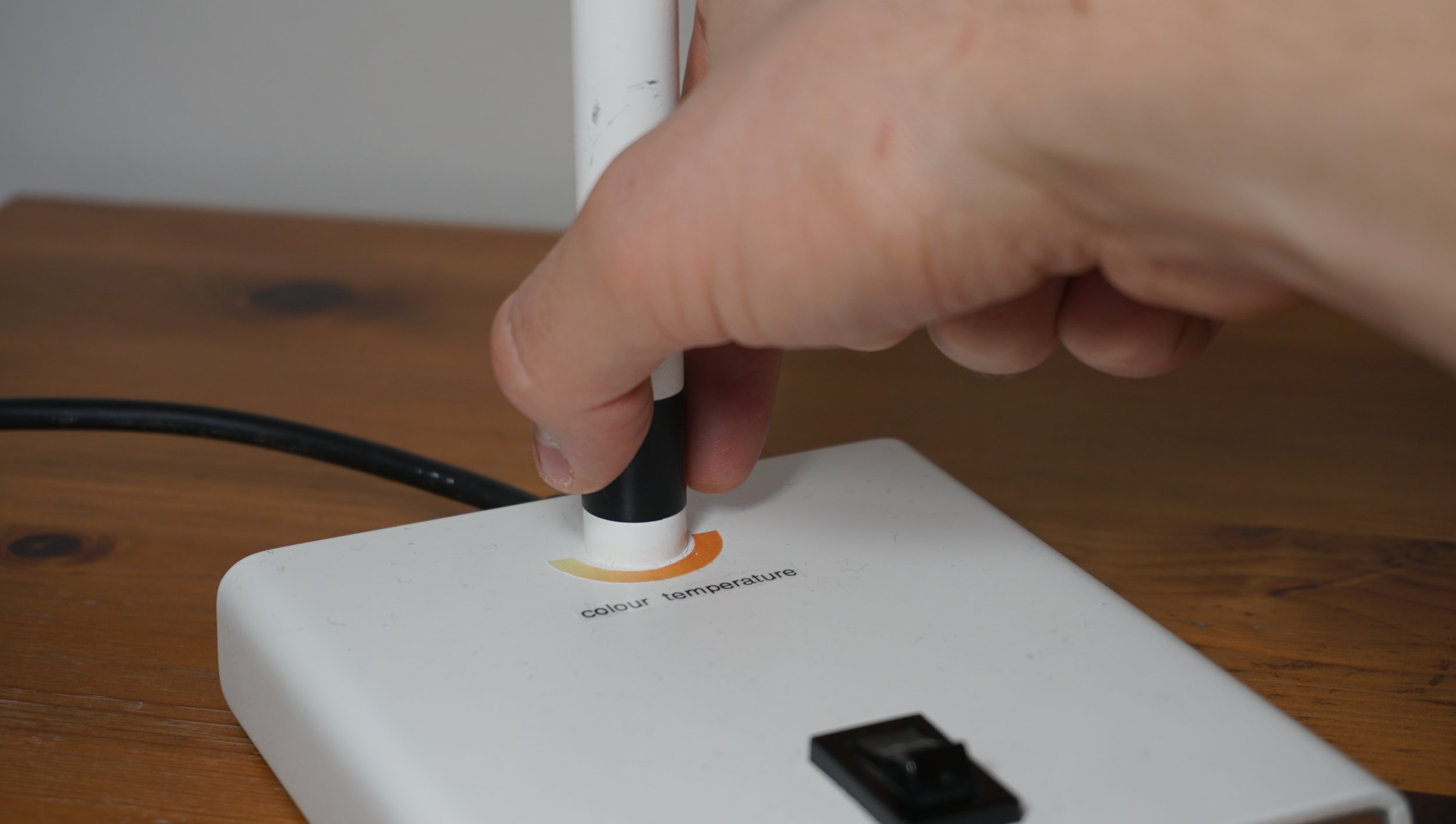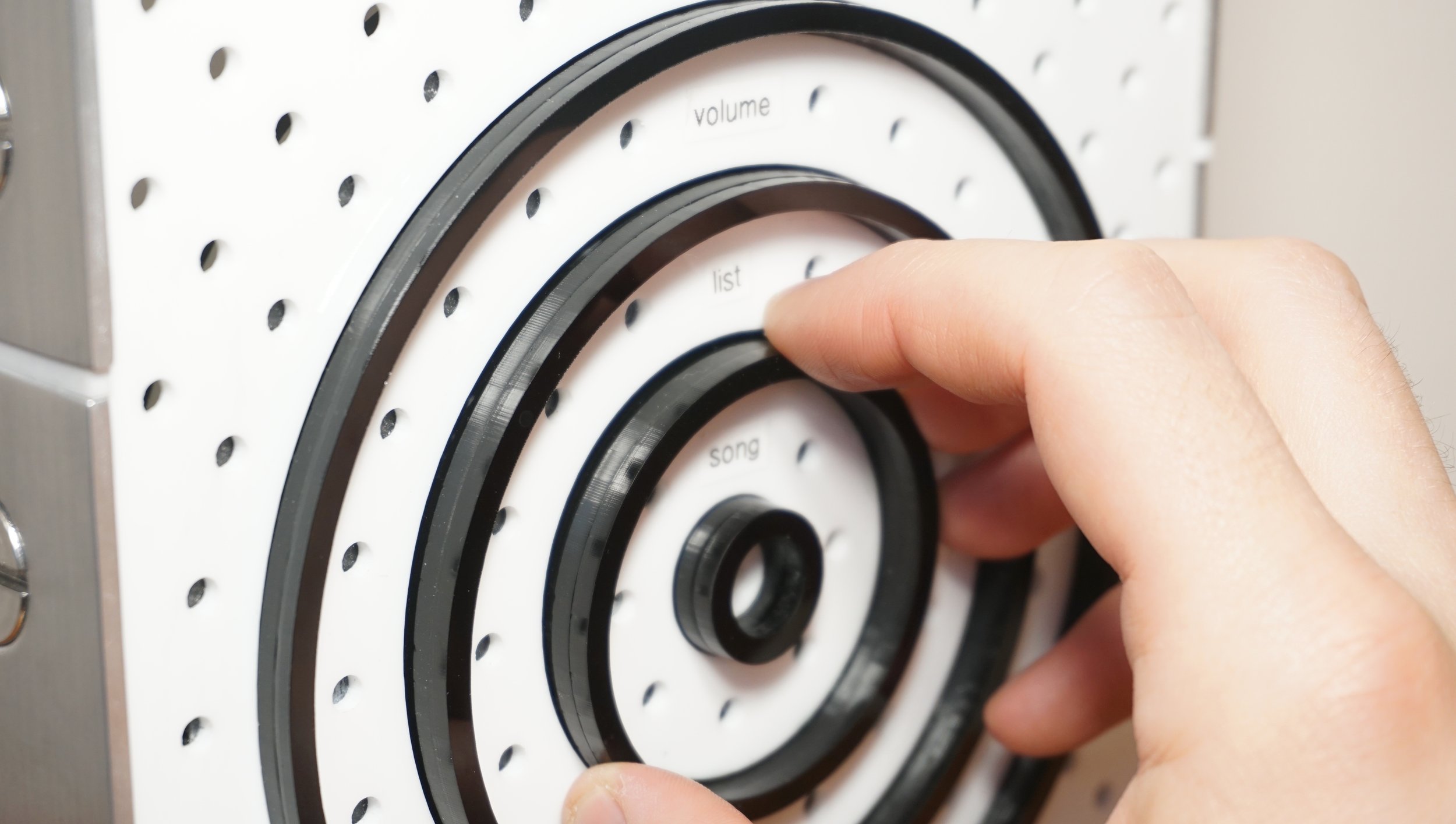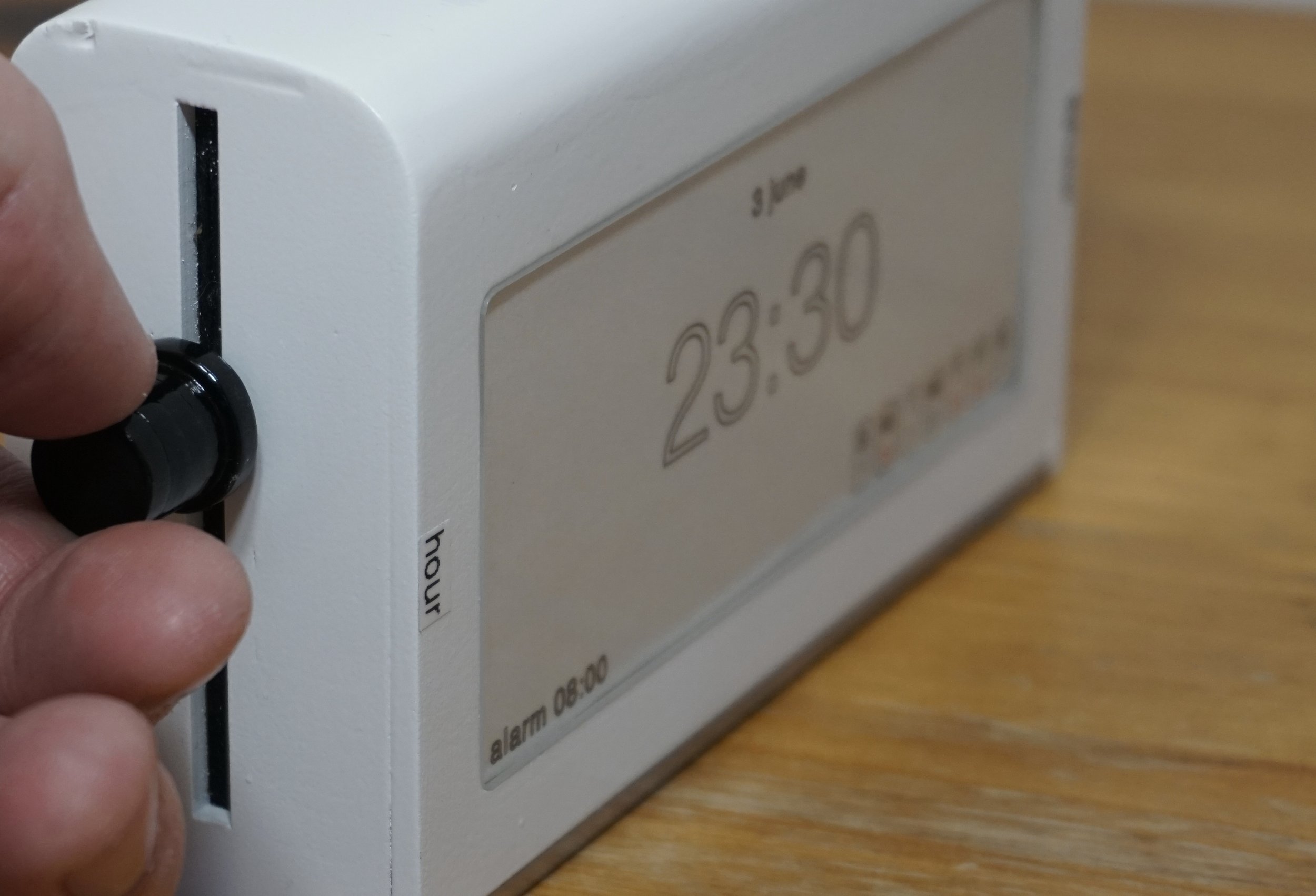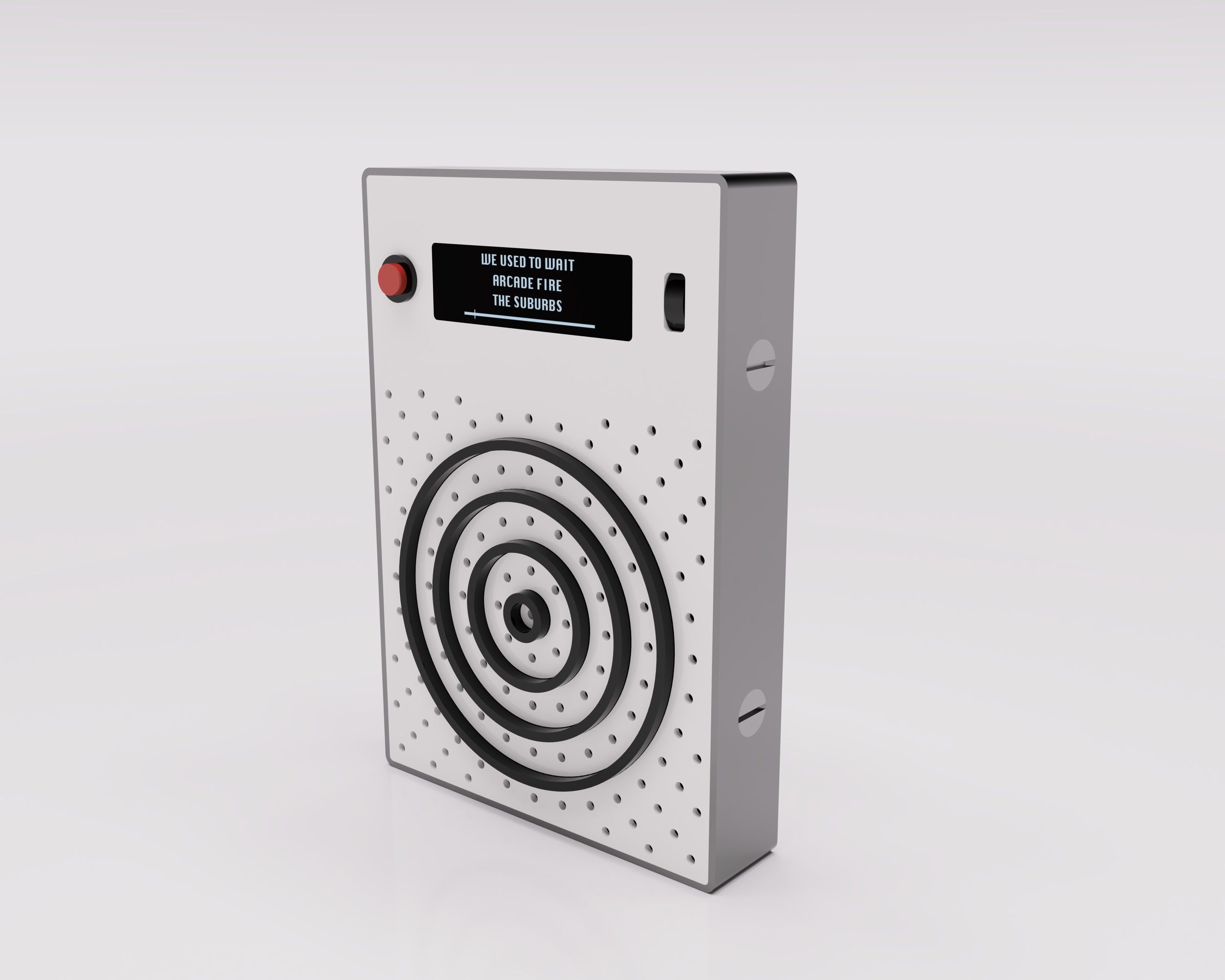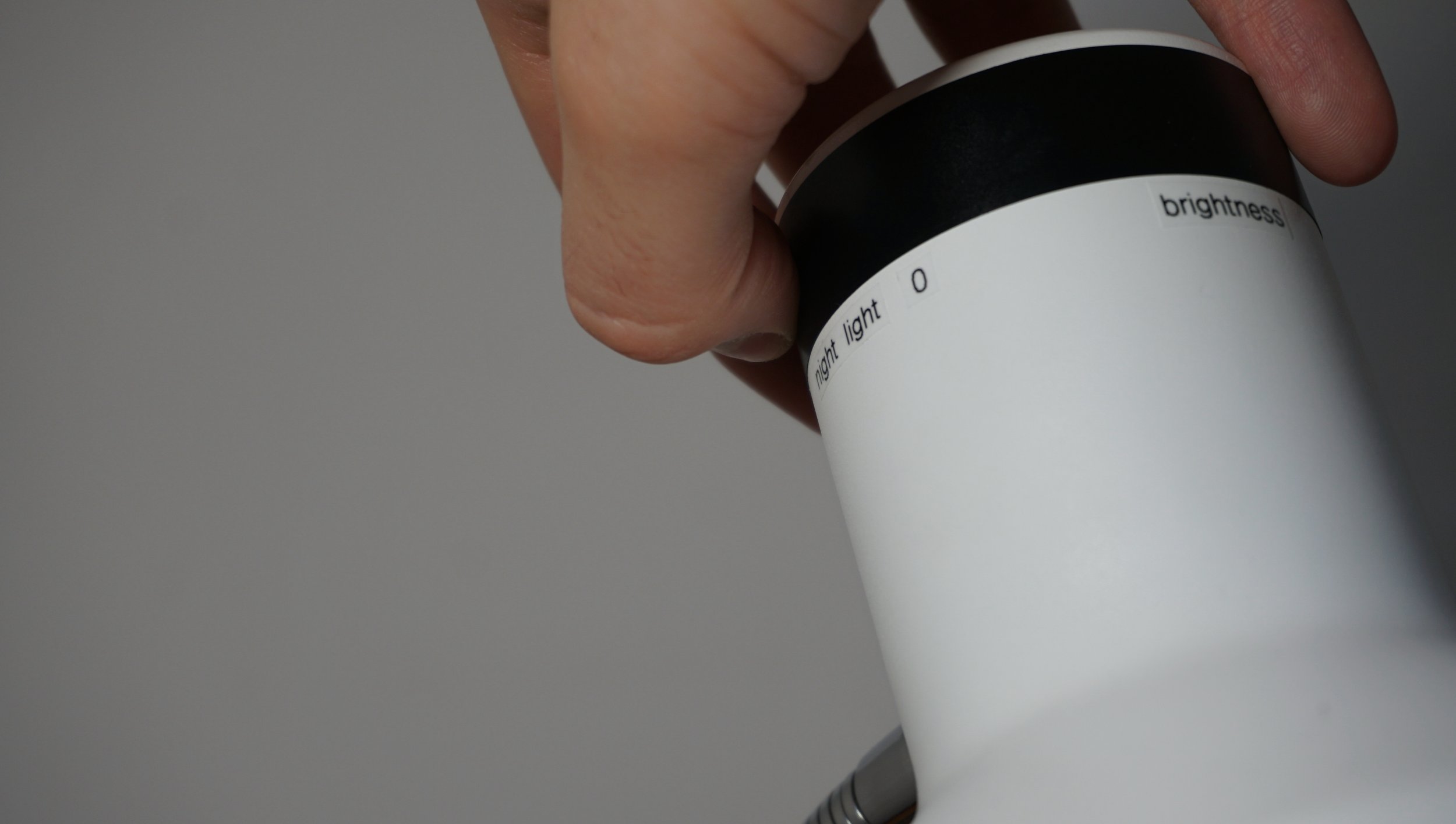Smart Interactions
How can we develop meaningful relationships with our technology?
2019
Smart Interactions presents three examples of household “smart” products that incorporate physical touch and nuance which are missing from today’s industry, encouraging tactile relationships and trust.
Most domestic consumer items like appliances, entertainment systems and lighting used to be dependent on direct interaction. However, smart technology has brought items completely controlled through digital devices. Existing products from major brands have little or no controls accessible by the user.
This shift has contributed to consumers losing connection to their technology. This poses two problems. First, there is a low level of trust in smart technology. Great debates have been sparked regarding privacy concerns stemming from always-on listening and collection of personal data. Second, if a user has no connection to their possessions, they won’t think twice about simply throwing them away when damaged. This could lead to increased e-waste.
The aim of this project: Explore new ways of interacting with smart technology, helping users build a relationship with the technology around them.
Once I had studied both modern and vintage domestic technology, I began exploring ways to bring hands-on interaction to smart technology in an intuitive way. I took inspiration from designers such as Dieter Rams and Jony Ive who are both known for straightforward design that is easy to understand.
Numerous prototypes evolved into three final examples: a desk lamp, a smart speaker and an alarm clock, each with their own take on mechanisms like dials, levers and knobs. Old-school potentiometers became advanced rotary encoders. Basic LCD screens evolved into crisp OLED displays that blended seamlessly into the devices.
Smart Interactions yielded three final examples of smart home items that embrace the philosophy of hands-on, memorable, tactile sensations rather than complete smartphone control. They are artifacts that respond to nuanced touch and items that become trusted and loved by users over time.
This project was successful. I was able to adapt interactions from older technology and give them new relevancy and meaning among the “Internet of Things.”
Tools/Materials Used:
Trotec Speedy300 Laser Cutter, for final prototype
Autodesk Fusion 360, for 3D models, technical drawings and renders
Electronic components (rotary encoders, potentiometers, slide potentiometers, LEDs, analog switches) for prototyping
Arduino, for prototyping and proof-of-concept
Workshop Tools (belt sander, bandsaw, cordless drill, drill press, Dremel tool) for prototyping and fabrication
Foam board, cardboard, MDF for initial prototyping



